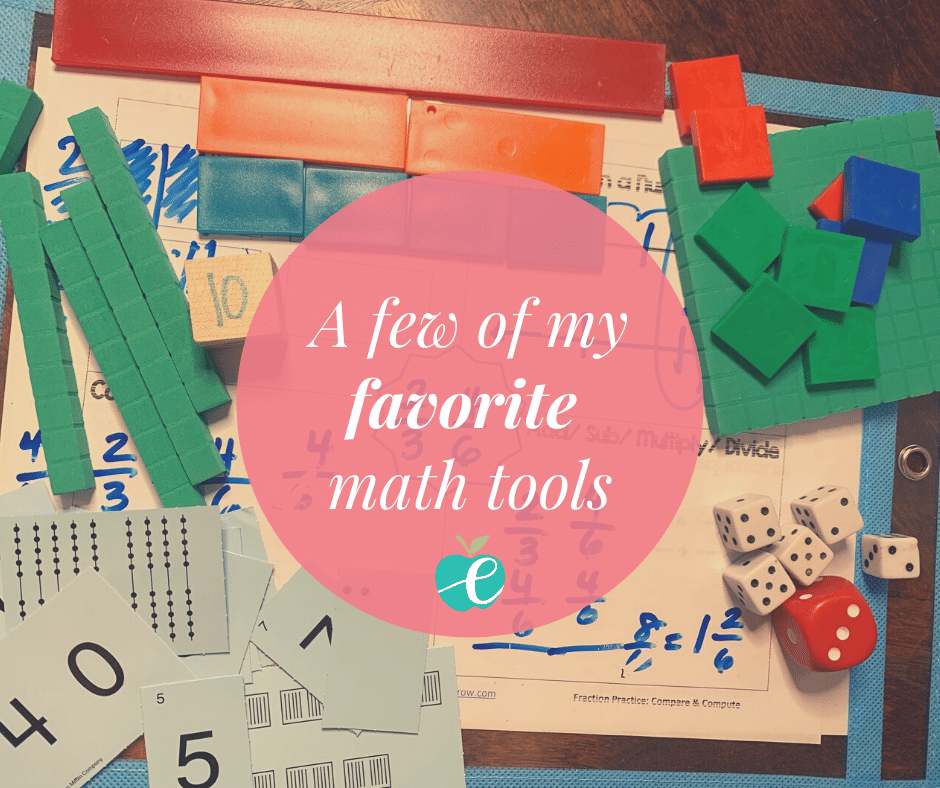
01 Jun A Month of My Favorite Things: Math Tools
It’s my birthday month! So, I’m going to celebrate all month long and share with you a few of my favorite things.
This week, I’m sharing a few of my favorite math tools for the classroom. So, if you are restocking for next year, building manipulative tool kits for at home or at school learning, consider these faves. ( This post does contain affiliate links– of my actual faves, but also of free downloads!)
UPDATE: 7.1.20 – this post has been updated with lots of tips for fall 2020 manipulative kits, as well as a video link. Scroll to the bottom to see updates.
Manipulatives:
For 3-5th-
I love fraction strips, play money, and place value blocks. Manipulatives have a place in the upper grades too! With an emphasis on fractions and decimals (4th-5th), I believe students who can build it first have created experiences of which to anchor their future math drawings and algorithms. I don’t think students need to use them every day. I’d argue math drawings can show quantity, conceptual understanding, just as well as the real tools, and are more transferable and efficient. Math drawings can communicate thinking over time, whereas once manipulatives are picked up, seemingly the thinking goes with them. So, I love math manipulatives, and I believe they should be used to create mathematical experiences.
I did a lot this school year with division– using place value blocks to play out the steps in our numeric methods. Using money to play out what to do with the decimal, etc. These experiences were about a class period long but stayed with students the remainder of the year. We always had those experiences to anchor new learning. “Remember, this amount that’s left? When we were dividing paper clips (ie. place value blocks), do you remember what we did with the leftovers?”
These experiences shouldn’t be skipped and can be connected to representations.
I also love one-inch square tiles. They are so versatile. You can use them to teach distributive property, area, perimeter, multiplication, division, and of course for counting collections.
For K-2
I LOVE place value cards. In the Math Expressions series, they call them Secret Code Cards, but I’ve seen them called place value cards, number value cards, etc. The best kind are those with the visual quantity representations on the back. So, when my sweet kindergarten friends try to build 15 with a one-card and a 5 five-card, they turn them over and count the dots only to realize they made 6, not 15. The ‘hiding’ zero helps to drive home the actual quantity. Fifteen is a group of ten and five extra ones. These cards can be used in the entire Numbers in Base ten standard progression, including to add, subtract, round, etc.
I also love ten frames. I don’t think all students need them, but in building subitizing skills and fact strategies, they can be a godsend!
Counters. I prefer two colors. Having only two colors helps students to build partners/combinations of numbers visually. If I put out 7 red and blue tiles, I know 7 is my total and the partners are 3 and 4 because I can see three red and four yellow. These can be used for so many things, including adding, subtracting, counting, etc. I also really love transparent counters. These come in so handy when working with number charts, playing games etc.
Place value blocks fit well here as well. But, my favorite are the ones that come apart to show decomposing and composing of numbers.
And of course, all classrooms should have LOTS of dice. I love regular die, big die, ten-sided die, and blank dice for filling in filling in fractions, decimals, percents, numbers greater than 6, etc.
Two other tools I use a lot are the durable plastic sleeves and number charts.
I love these sleeves. They allow me to turn any page into a reproducible. I use them for my counting mats and so students write on them but also build on them with math manipulatives. During distance learning, I used them a lot to model my lessons under my homemade doc camera.
Number charts are a natural scaffold and extension for students. They aid counting, adding, patterning, place value, derived strategies, and more. I love the idea of using them to make the morning math routines repeatable independently. Meaning, if we add one more every day to our 120 chart, find the sums of 10, count to the total, etc. then putting a 120 chart in a plastic sleeve allows students to repeat this routine as an independent activity. I find students of EVERY age benefit from number charts. You can get them for whole numbers, decimals, large numbers, and small numbers.
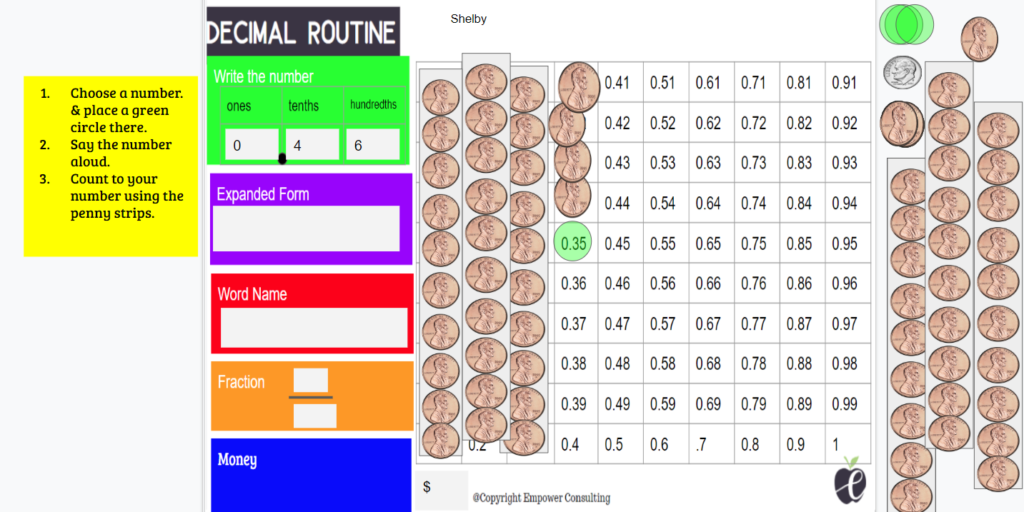 What are your fave manipulatives? I’d love to know!
What are your fave manipulatives? I’d love to know!
Update 7.1.20:
We are doing a whole material/manipulative series in my Facebook Group for Math Expressions Users. However, the tips are great for anyone trying to prepare for the Fall 2020 in light of COVID-19 and social distancing considerations. Keep in mind, each of my recommendations are to accommodate many of the materials we use in Math Expressions, so they may not apply to you, but in general the manipulatives are generic- just plug in your versions 🙂
- Here’s a video on storage.
How do we store our tools for home and for school? This is a Facebook Live video (you don’t see the comments and won’t be able to see the comments). In this video, we talk about a few options for storage. I’ve put links here:
Links to the labels for coupon organizers made by Lisa Gomez and Lori Shubat
2 . Here’s a link to the freebies in the video (binder inserts, posters, labels, etc.)
3. For Math Expressions Users, I made spreadsheets for the first unit with links and amounts of materials needed for each grade for at-home kits if you are remote and lists for at school )individual kits. If you are a Math Expression’s User, contact me for the link. If you are not an Expression’s User, I can give you the file without the links to specific Expressions materials, but you’d still be able to see the number of materials as well as get the links to any resources I’ve made and included. I did these lists by units and for each grade k-6, as I feel the lists are too long to do for the year and when kids have too many tools/ materials I don’t feel they use anything well or effectively. Click Here to get the non-MX material linked version. Join our Math Expressions User Group to get the MX linked version. The lists on the left are the at school lists. The lists on the right are the take-home kits. A video explaining the spreadsheets can be found inside our Math Expressions user Group page on Facebook.
I hope this helps you get started and I’d love to hear what questions or comments you might have! Our Facebook group is for users of the HMH Math Expressions curriculum only. However, many more tools, videos, and resources are available to everyone via this website or my EmpowerLearnGrow Facebook page .See you online!
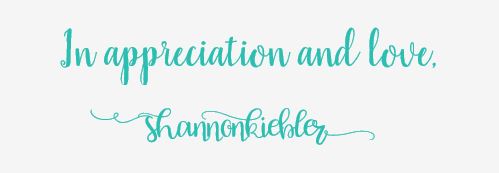
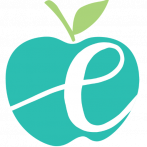
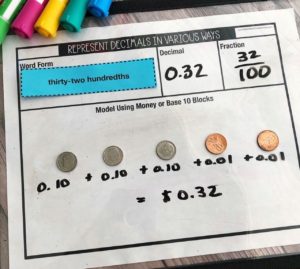
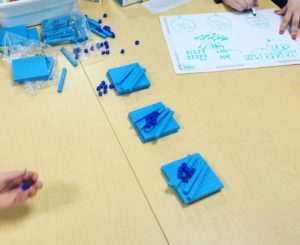
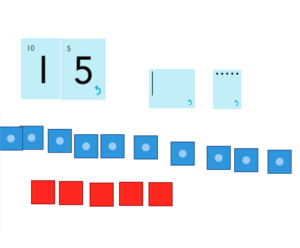
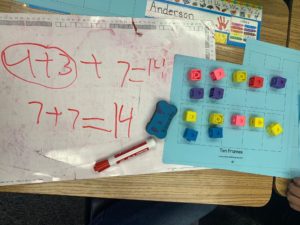
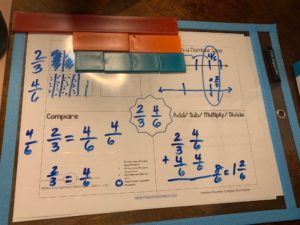

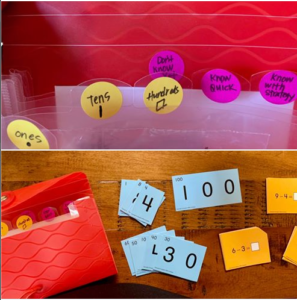
Sorry, the comment form is closed at this time.